Re-blog of Rolling microfunctions
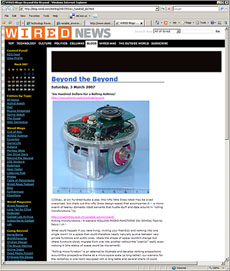
-
The Rolling microfunctions project (an "autonomous dot matrix printer for functions") has been rebloged and shortly commented two weeks ago by Bruce Sterling on his Beyond the Beyond blog (WIRED Magazine).
The Rolling microfunctions project was a result of Variable_environment's workshop#4 with fabric | ch and SWIS-EPFL laboratory.
Posted by patrick keller at 14:46
wmmna
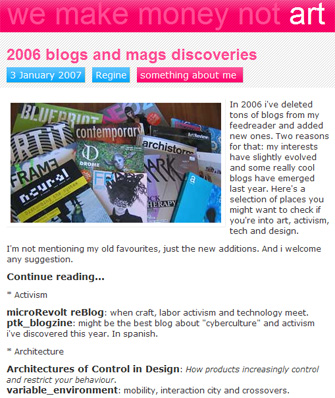
...
----------------------
Régine Debatty (aka we make money not art) mentioned yesterday the *Variable_environment/* project blog as one of the "cool blogs" that have emerged last year.
Well, thank you Régine!!
I'm more than happy that people can enjoy our rhizomatic journey through this research project.
-
Don't miss this LINK to look at many other interesting art, architecture or design's blogs.
Posted by patrick keller at 11:08
A3) EPFL's Alumni Journal publication
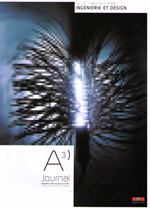
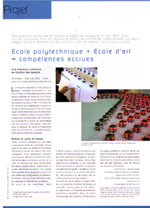
-
Workshop#4 that is still under development has been published into EPFL's alumi journal.
The overall publication is dedicated to the "design & engineering" question and presents other collaborations between ECAL and EPFL.
-
Download article HERE.
Posted by patrick keller at 16:01
Particle filter-based camera tracker fusing marker and feature point cues
The paper entitled:
-
Particle filter-based camera tracker fusing marker and feature point cues
-
has been accepted for oral presentation in the IS&T/SPIE Electronic Imaging Symposium 2007. This article is part of the Proceedings of the Visual Communications and Image Processing conference.
-
Download pdf.
This paper presents a video-based camera tracker that combines marker-based and feature point-based cues within a particle filter framework. The framework relies on their complementary
performances. On the one hand, marker-based trackers can robustly recover camera position and orientation when a reference (marker) is available but fail once the reference becomes unavailable. On the other hand, filter-based camera trackers using feature point cues can still provide predicted estimates given the previous state. However, the trackers tend to drift and usually fail to recover when the reference reappears. Therefore, we propose a fusion where the estimate of the filter is updated from the individual measurements of each cue. More precisely, the marker-based cue is selected when the reference is available whereas the feature point-based cue is selected otherwise. Evaluations on real cases show that the fusion of the two approaches outperforms the individual tracking results.
Posted by david.marimon at 16:37
Contribution to opensource: jARToolkit
During the development of the common platform for demonstration purposes, Christian Babski (fabric|ch) encountered a bug in the opensource code of jARToolkit. Marcelo Fernandez and David Marimon (Signal Processing Institute - EPFL) have successfully solved this bug and reported it to the SourceForge community.
Posted by david.marimon at 11:08
Symposium sur la recherche en design
Le projet *Variable Environment* a été présenté le 24 juin 2005 lors du Symposium sur la recherche en design, organisé par le Swiss Design Network à la HGKZ.
Slides de la présentation: variable_environment_ecal_epfl.pdf [5 Mb]
Flyer du symposium: programm.pdf
Pour plus d'information, contactez christophe.guignard@ecal.ch
Posted by christophe at 18:23
A text/ Publication about the project in Traçés
A first publication written by Christophe Guignard and I in september 2004 that was published in Traçés. The text spoke about the collaboration between ECAL and EPFL and about the general concepts for this specific and first research project together (Variable environment/ interaction city and crossovers).
-
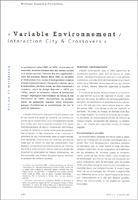
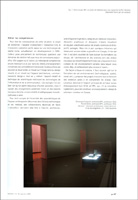
-
Download the pdf of the text
here
Posted by patrick keller at 12:11




ment_008_s.jpg)
ment_009_s.jpg)
ment_010_s.jpg)
ment_001_s.jpg)
ment_003_s.jpg)
ment_007_s.jpg)
ment_006_s.jpg)

